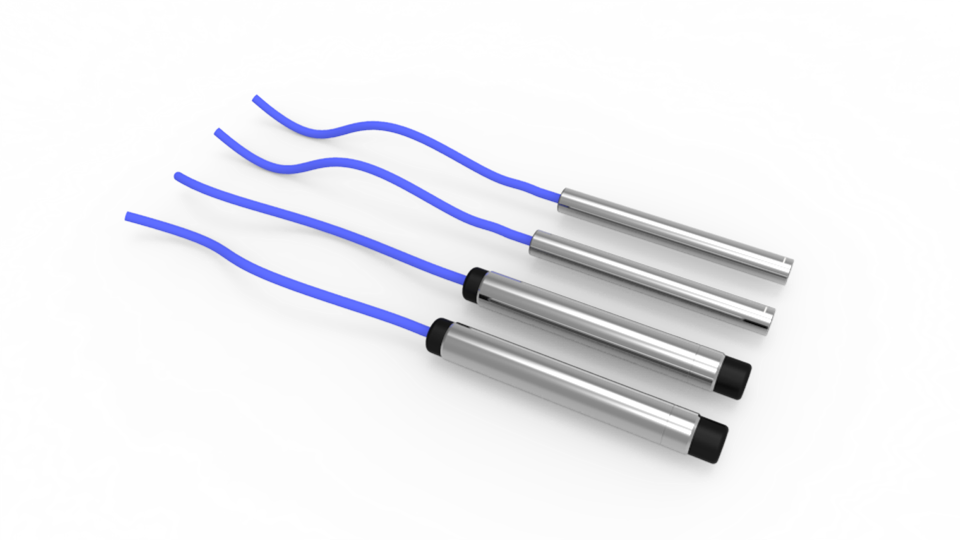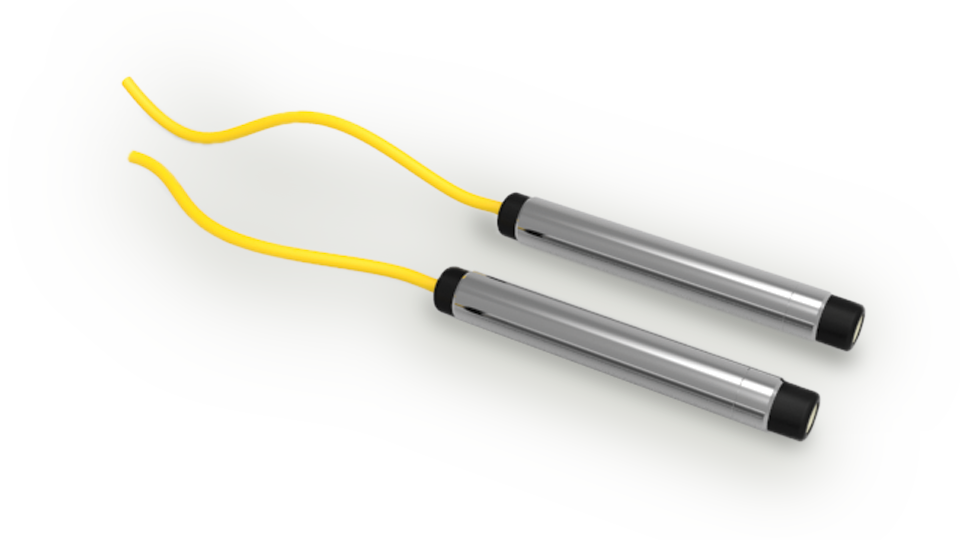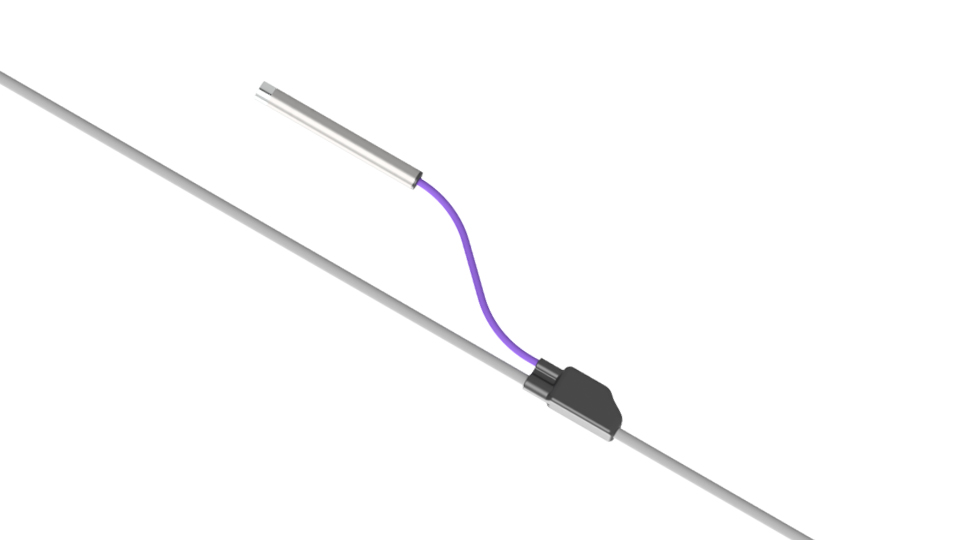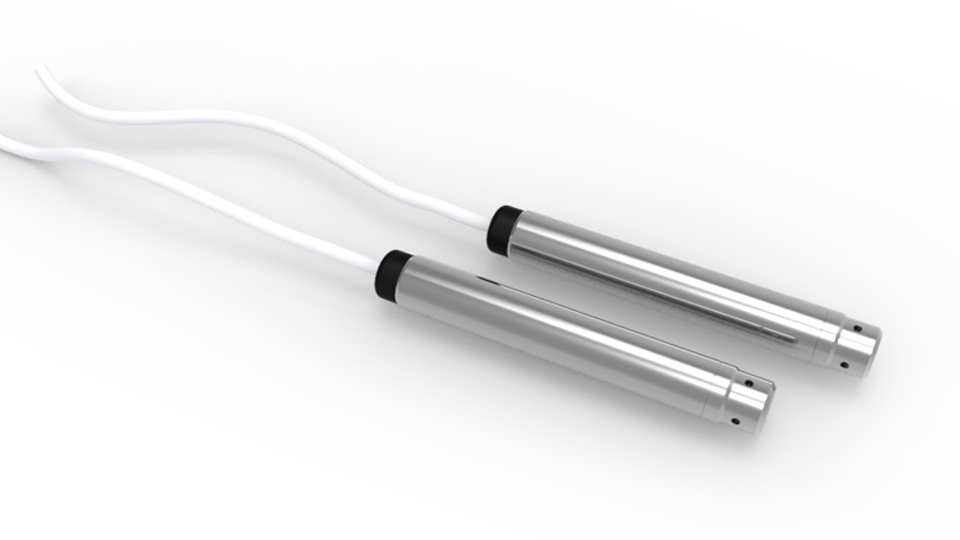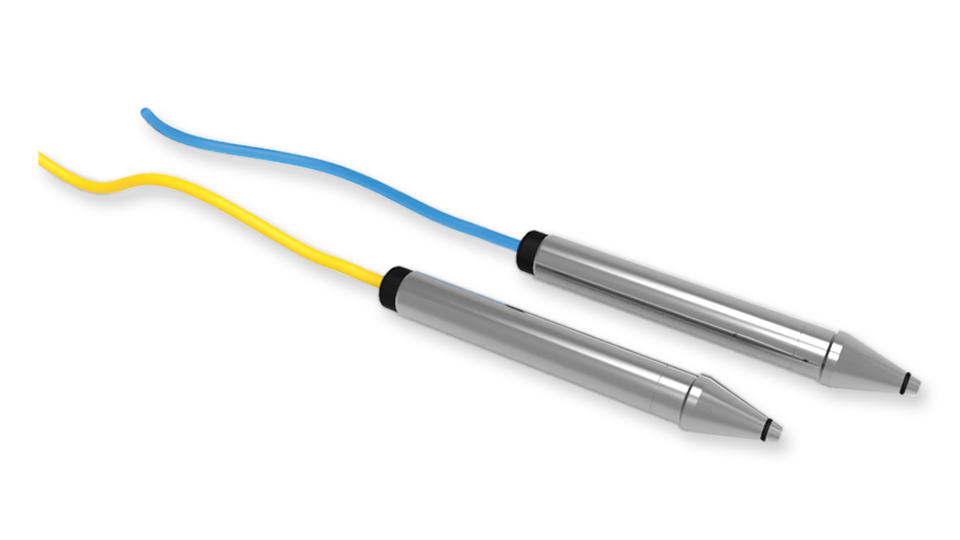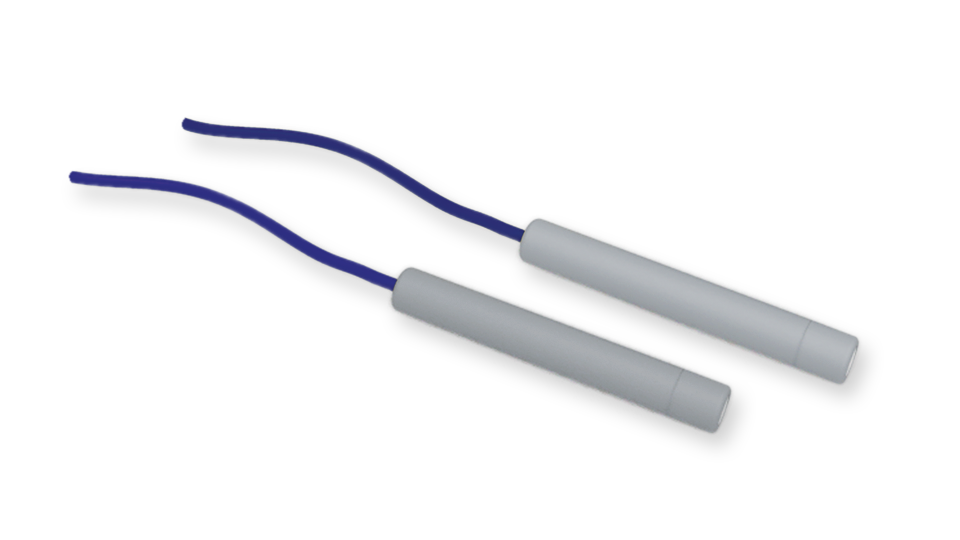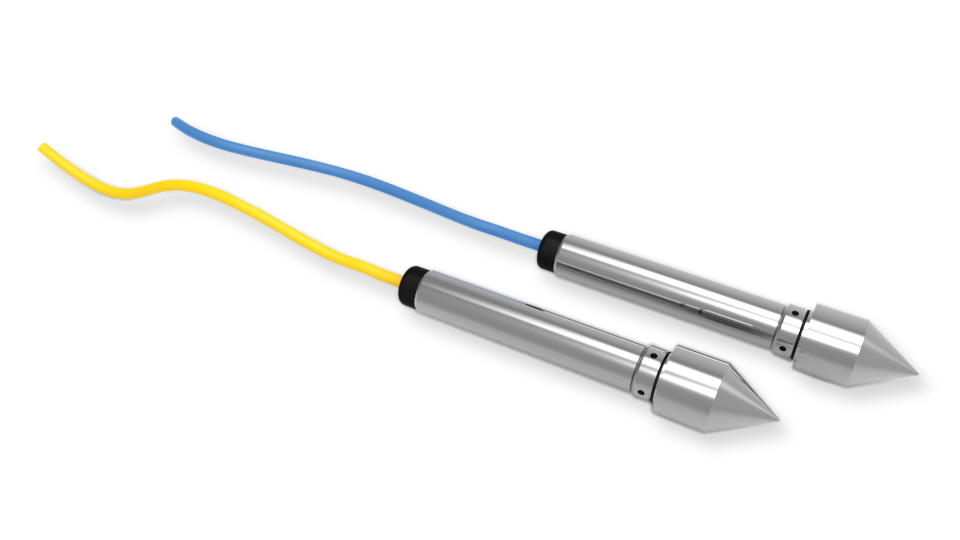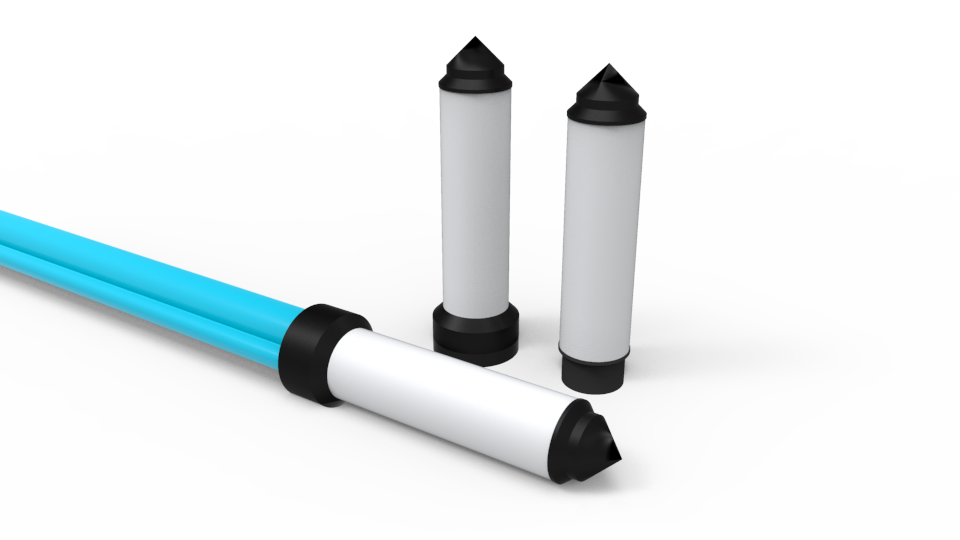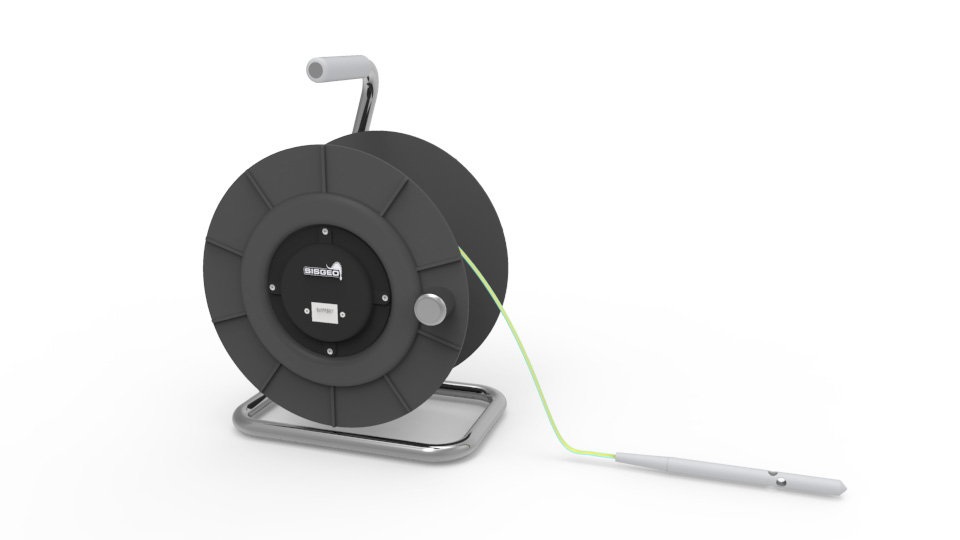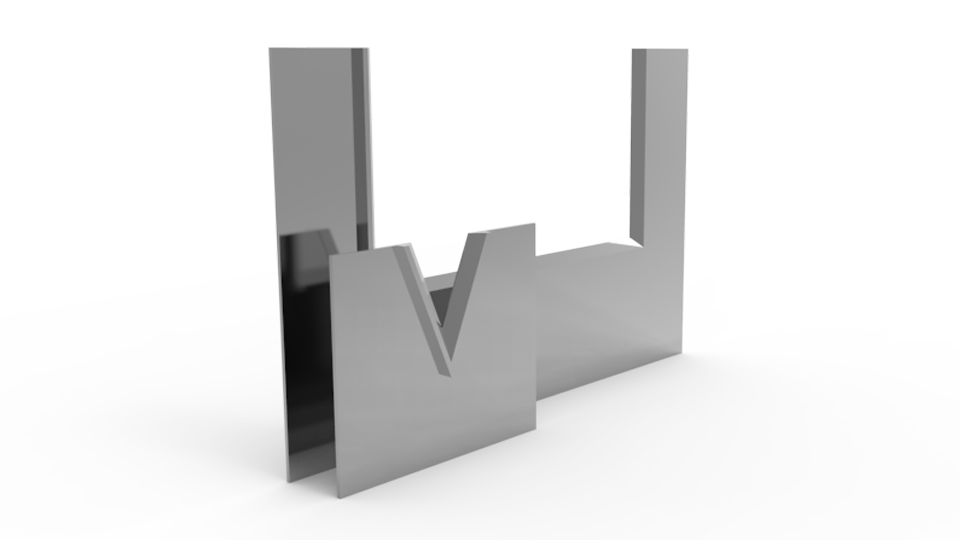Piezometer
Piezometer sind Sensoren die im geotechnischen Monitoring zur Messung von Porenwasserdrücken in Boden und Fels eingesetzt werden. Sie werden z.B. auch zur Überwachung von Staudämmen verwendet. Porenwasserdruckgeber liefern Messdaten, die Rückschlüsse auf das Verhalten und den Einfluss dessen auf die Stabilität und Standfestigkeit von geologischen Formationen zulassen. Ebenso lassen sich Einflüsse von Arbeiten im Untergrund beobachten, z.B. bei Tiefgründungen, Stützwänden, Dämmen, Hängen, Tunneln oder Bergwerken. Diese so erhobenen Daten helfen den Ingenieuren und Gutachtern die Risiken solcher Baustellen zu bewerten.
Verständnis der Piezometer-Klassifikationen
Die Auswahl des richtigen Piezometermodells ist nicht immer einfach. Es gilt zu unterscheiden ob man Grundwasserstände oder Porenwasserdrücke messen will, ob die Messung in Boden, Fels oder unterhalb einer Gründung stattfinden soll und dabei jeweils wie groß die erwartete Permeabilität ist. Dann gibt es noch die zwei verschiedenen Messarten: Offene Piezometer und geschlossene Piezometer.
- Offene Piezometer
- Geschlossene Piezometer
Offene Piezometer
Offene Piezometer (Grundwassermessstelle) bestehen aus einem Rohr an dessen unterem Ende ein Filter (Casagrande-Filter oder geschlitztes Rohr) sitzt und einem Rohr, das den Filter mit der Oberfläche verbindet. Nach einiger Zeit (abhängig von der Permeabilität des umgebenden Materials) stellt sich ein ausgeglichener Wasserpegel ein.
- Wenn der Filter nicht in einem vorgegeben Grundwasserleiter eingebracht und dahingehend abgedichtet ist wird der Grundwasserstand des oberen Grundwasserleiters gemessen.
- Wenn der Filter jedoch in einer vorgegebenen Tiefe inkl. Abdichtung eingebaut wurde zeigt der Pegel nur den Porenwasserdruck dieser Schicht an. In diesem Fall spricht man von einem Casagrande Piezometer.
Casagrande Piezometer werden häufig genutzt um den Porenwasserdruck in Böden mit einer mittleren Permeabilität zu messen. Die offenen Piezometer werden mit einem Wasserlichtlot (WLI), bzw. Dip Meter oder einem Relativdruckgeber (Sisgeo P252R) gemessen. Absolutdruckgeber können ebenfalls eingesetzt werden und präzise Ergebnisse liefern, wenn man die Messdaten mit den lokalen Luftdruckwerten kompensiert.
Geschlossene Piezometer
Geschlossene Piezometer werden direkt in den Boden, Fels oder Schichtgrenzen und bei Bauwerken in die jeweiligen Tiefen eingebaut, in denen der Porenwasserdruck gemessen werden soll. Die Absolutdruckgeber (meist einfach als Piezometer bezeichnet) sind mit verschiedenen Filtern mit unterschiedlichen Porositäten erhältlich, die entsprechend der Permeabiliät des umgebenden Materials gewählt werden müssen, sowie mit verschiedenen Sensortechnologien.
- Resistive Druckgeber (Modell P235) werden typischerweise für kurzzeitige Monitoringaufgaben mit hoher Messfrequenz verwendet, beispielsweise Pumpversuche.
- Schwingsaiten-Porenwasserdruckgeber (Vibrating Wire Piezometer, Modell PK45 & PK20) werden für Langzeitmonitoringaufgaben mit hoher Ausfallsicherheit, z.B. Staudammprojekte, verwendet.
- Falls in einer Messstelle der Porenwasserdruck in mehreren Ebenen gemessen werden soll, gibt es die Möglichkeit einer Ketteninstallation von Schwingsaitendruckaufnehmern (multi-point vibrating wire piezometers model PK45M).
Für diese Installationsmethode empfehlen wir die Bohrlöcher komplett zu verfüllen (fully grouted method), was eine schnelle Installation und eine Trennung der wasserführenden Schichten ohne Packerinstallationen ermöglicht. Selbstverständlich können die Kettenpiezometer aber auch mit anderen Verfahren eingebaut werden, man kann beispielsweise die Piezometer in mit Sand gefüllten Säckchen einbringen, die mit Quellton voneinander isoliert werden.
Zusätzliche Anwendungen: Dreieckmesswehre
Dreieckmesswehre oder Thomsonwehre sind Instrumente zum Monitoring von Fließraten in Gerinnen. Das Messprinzip ist denkbar einfach: die Fließrate ist proportional zum Wasserspiegel über dem Wehr. Dafür fließt das Wasser in ein Tosbecken mit einer dort installierten Druckmessstelle, oder für die automatisierte Messung einem elektrischen Drucksensor. Die Durchflussrate errechnet sich dann mit einer dem Wehr angepassten Formel und den gemessenen Druck. Eines der wichtigsten Einsatzszenarien dieser Messwehre ist die Sickerwassermessung in Staudämmen. Die Sickerwassermenge ist einer der wichtigsten Parameter bei der Langzeitbewertung der Standsicherheit von Dämmen.
Normen und bewährte Praktiken
Weiterführende Informationen und Hilfestellungen bezüglich des Einsatzes von Piezometern können in der ISO 18674-4 “Measurement of pore water pressure: Piezometers” gefunden werden.
Für weitere Informationen zu Piezometern empfehlen wir das Video https://youtu.be/PpMJL4yx4bg?si=qk6VzrCdYxmNJhxj

